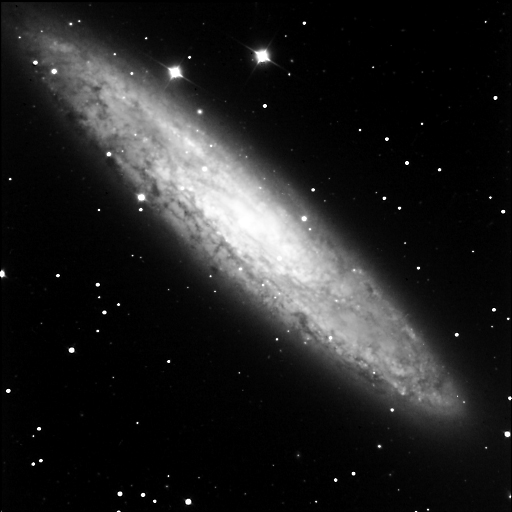
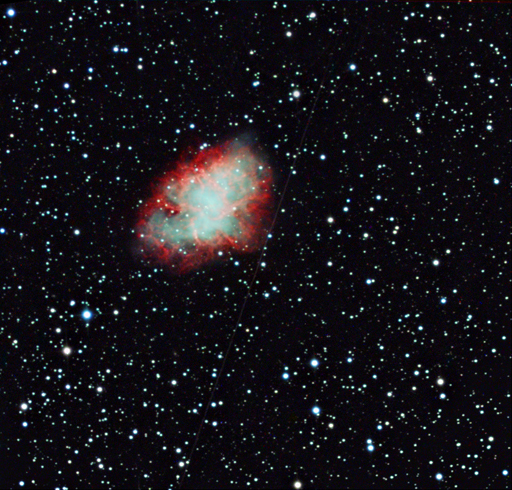
 |
 |
|
If you are looking for an fascinating and enthraling course to satisify your lab-science credit, then Astronomy 1401, Stars, Galaxies and Cosmology is the course for you. This course attempts to do more than just fill a slot in the curriculum. It provides you with an introduction to one of the most exciting subjects that you will encounter during your academic career. From tiny stars smaller than a city to gigantic clusters of blazing suns, from the incredible beauty of glowing nebulae, to majestic galaxies, you will be introduced not only to the fascinating discoveries in nearby stellar systems, but beyond that to the depths of our galaxy and the limitless bounds of the universe. In addition, we will extend our studies to the most exotic, including black holes and quasars and pulsars and what cosmology and relativity tell us about the origin and the ultimate destiny of the universe. |
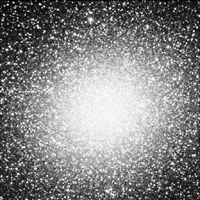 |
|
Thanks to the explosion in new technology over the past decade, new telescopes and space probes are scanning the universe in unprecented detail and data is being gathered at such a frenetic pace that aty least one thing that we will cover in the course will be either confirmed of overthrown before the semester ends. So this course will be anything but boring! There is just too much happening and too much to explore! Astronomy is experiencing an explosion of new ideas and understanding of the cosmos and so now is an exciting time to study the universe. For example, 10 years ago we knew of no other planets than those of our own solar system; today we know of more than 200 planets around other stars! What are they like? How do these other solar systems compare to our own? What are the chances of extra-terrestrial life???? Enroll in Astro 1401 and find out! |
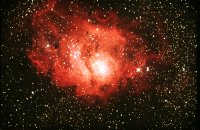 |
|
This course does not attempt to make scientists out of you. However, the skills of investigation and problem solving you will learn in this course will be most valuable in your post-scholastic careers. Intellectually there is no reason anyone cannot be successful in this class. The American public is, on the whole, scientifically illiterate, despite being beset daily with the latest "news" on science. Some of this "news" is sensible and accurate, yet much is nonsense. It is hoped that after completing this course, you will be better informed about science and the universe, and empowered to discern between the what is science and nonsense. It is also hoped that you will be a better citizen, capable of helping to determine public policy that affects our future. |
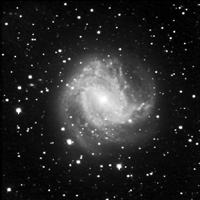 |
 |
Instructor: Dr. Maurice Clark, Room Science 014 Contact: tel 806 834 0047 e-mail maurice.clark@ttu.edu Website Home page for Dr Clark Office Hours: Wednesday 3:00-5:00. Thursday 4.30-6.00 PM. These are the times when I will be available in my office for discussions on any problems you might be having with the course. You are also welcome to come up to my office at any other time, although I cannot guarantee to be available. Text: 21st Century Astronomy: Stars, Galaxies (4th Ed.) by Kay, Palen, Smith, and Blumenthal. prerequisites: None |
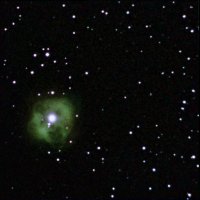 |
|
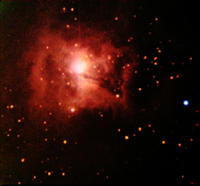 |
During the course you will be studying worlds far different to our own. From the huge to the tiny, from the densest to the most tenuous, from the hottest to the coldest, even things that cannot be seen. In studying these, we will use tools from many other branches of science, particularly physics and chemistry. Some mathematical skills are necessary as is a vivid imagination! By the end of the course I hope you leave with a deeper appreciation of the awesome universe that we are a part of and can understand why some people devote their lives to spending every possible moment, often in extremely isolated locations, regardless of temperature, to study its wonders.
Starting from the earliest ideas about the universe, the course will cover the various theories proposed about the universe, leading to the current concepts. A particular emphasis will be made on why different theories were proposed and why they were abandoned.
Following a study of the early theories, the course will cover the origin of stars and their lifecycle from birth to death, and then such exotic objects as white dwarfs, neutron stars and black holes. Next will be a study of the Milky Way which will lead into a study of galaxies in general; their classification and possible origin. Then will come a study of the origin of the universe and its possible fate. The course will finish with a brief look at extra-solar planets and the possibility of extra-terrrestrial life.
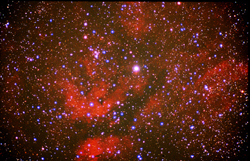 |
|
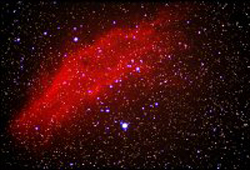 |
Upon completion of this course, students will:
1. Gain a cosmic perspective.
2. Understand astronomy basics (For example: What is a star? A galaxy? Why are nebulae pink? …)
3. Know the history of astronomy.
4. Understand the physics of astronomy at an elementary level and know how astronomers
use it to learn about the universe.
5. Understand how telescopes work.
6. Understand how stars are formed, produce their energy and eventually die.
7. Understand the current, most widely accepted theories of the origin and fate of the universe.
8. Understand why some galaxies are extremely active and some are quiet.
9. Understand the various methods astronomers use to derive the distances to celestial objects.
10. Have the tools needed to continuing enjoying astronomy on their own as a hobby if
desired, including using a simple telescope to make observations of and identify celestial objects.
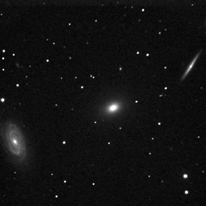 |
|
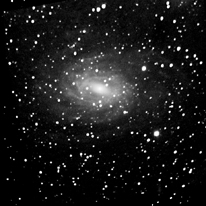 |
Assignments |
|
|
|
Labs |
|
|
|
Observing labs: |
|
|
|
Mid-term Tests: |
|
|
|
Course Participation |
|
|
|
Comprehensive Final Exam |
|
|
|
Assignments:
There will be 7 homework assignments. These will be handed out in class on a Monday and generally will be due on the following Monday. These will be graded and each will contribute a possible total of 2 points towards your final grade. The questions will include problem solving and basic maths.
Indoor Labs:
There is a required laboratory that is part of this course. You will receive one grade for the lecture and laboratory combined—they are not separate courses. For most weeks during the semester you will have a lab during your regularly scheduled lab session. These will be held in Sc 121. If no lab is listed on your schedule, you should see me immediately. You must attend the labs in order to get credit (points) for them and all lab work must be turned in to your TA by you at the conclusion of each lab.
Observing Sessions:
Observing is an important part of astronomy and as such, is an important part of this course. There will be two observing sessions in this course. One will cover observing the night sky with the naked eye and the other will involve observing the sky with telescopes. These are in addition to your weekly lab meetings in Sc121 and will be held at the Texas Tech Observatory. Directions to the observatory are posted on the web site http://www.phys.ttu.edu/~gwen/index.htm.
Tests:
There will be 3 mid-term tests. These will emphasize concepts and, to a lesser degree, calculations. You should carefully review your class notes and the powerpoints, as well as the relevant sections of the textbook, before the test to make sure that you understand the weekly objectives as the tests will be based on these. You may not share calculators. Each test will contribute a possible total of 8 points towards your final grade. No tests may be dropped. There will be no make-up for missed tests after one day from the time the test is given. If possible please let me know early if you are going to miss a test since there is a possibility that you may take the test in advance.
Final Exam:
The final exam will cover the entire course and will be held during the normal exam time. It will cover the entire course. However the final will be optional for students who have an “A” or “B” grade at the end of the course. Students with a “C” grade or below must take the final.
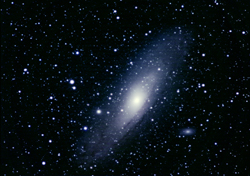 |
|
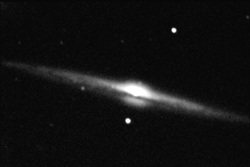 |
|
|
|
|
|
|
|
|
|
|
|
|
|
|
|
|
|
|
|
 |
|
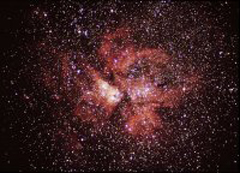 |
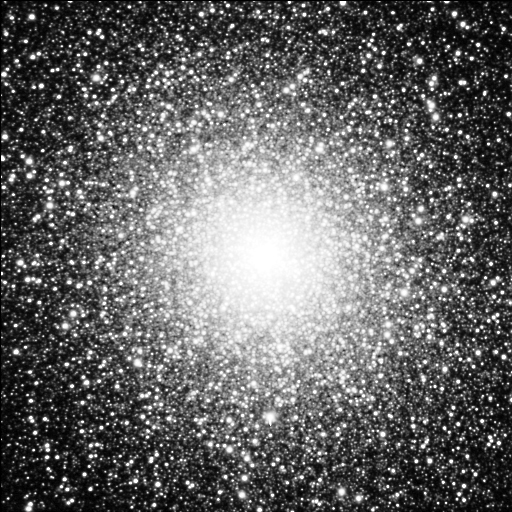 |
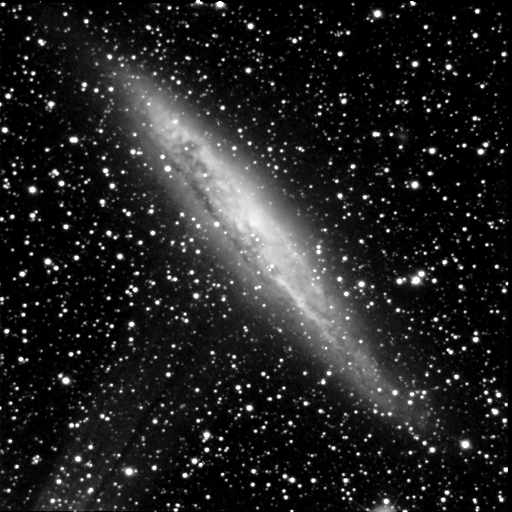 |